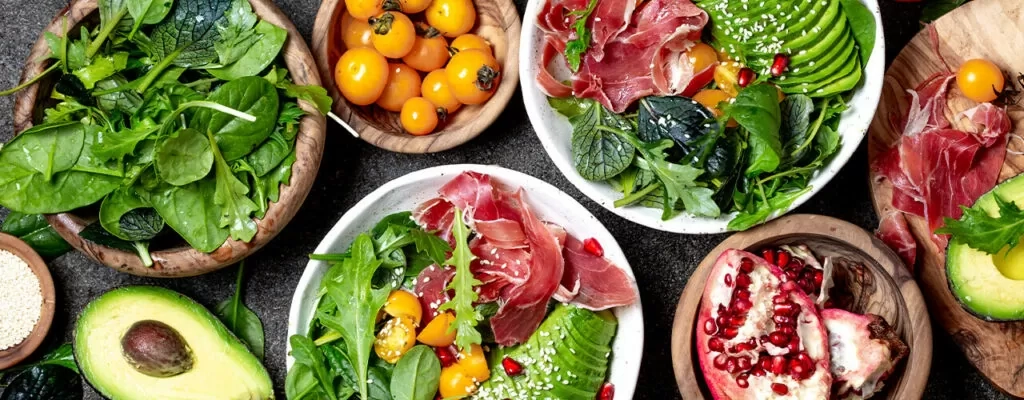Understanding Pain and Inflammation
Pain and inflammation are often connected. Inflammation is the body’s natural response when it’s trying to heal or protect itself after an injury. Usually this a good thing, however, inflammation is actually harmful when it becomes a chronic condition. According to Harvard Health, chronic inflammation can also lead to a variety of health ailments such as heart disease and diabetes.
Recognizing Pain and Inflammation – Causes & Symptoms
Did you know the food you eat may be a contributing factor to increased inflammation throughout your body? Nutrition plays a big part in the amount of pain and inflammation you might have. Inflammation can be caused by many different kinds of foods. Here are some of the most common foods that contribute to inflammation:
- Added Sugar – Foods with added sugar that isn’t naturally occurring can increase inflammation. Regular table sugar and corn syrup with high-fructose are the two main types of added sugar.
- Pasta & White Bread – These refined carbs or “empty calories” can cause excessive weight gain, which can also lead to inflammation.
- Processed Meats – Sausage, bacon, and smoked meats are usually processed and contain lots of extra sodium. Eating too much processed meat can cause inflammation.
Food is not the only culprit when it comes to pain and inflammation – even what you drink plays a role. Take soda, for instance. Sodas contain lots of unhealthy preservatives such as sodium benzoate, not to mention high amounts of sugar. Excessive alcohol drinking should also be avoided as it can cause issues with inflammation as well.
Just like there are plenty of foods to limit or avoid in your diet, there are also a ton of healthy foods to eat that can help decrease your chances of experiencing pain and inflammation.
- Garlic – Garlic alone may not be very appetizing, but it can add flavor to many everyday meals. Garlic contains diallyl disulfide, which has anti-inflammatory properties.
- Fish – Fish is high in omega-3 fatty acids, which naturally reduce inflammation. Cod, tuna, salmon, bass, and halibut are all excellent choices.
- Beans – Beans are great for easing inflammation and are also sources of protein and fiber. There are plenty of different kinds to try, such as pinto, garbanzo, black, or red beans.
There are several symptoms associated with inflammation. These often include swelling, redness, joint pain and stiffness. If you’re suffering from pain and inflammation changing your diet could improve your muscles, joints, and overall health.
How Can Physical Therapy Help You?
Changing your diet is a wonderful start, but it may not be enough to eliminate chronic inflammation and pain. Physical therapy may be able to help reduce or even eliminate the pain you’re experiencing. Physical therapists use several methods to help. A few techniques would be manual therapy, dry needling, or ultrasound treatments. They may also use heat or ice therapy. A physical therapist might even give you stretching and motion exercises you can do at home to better your chances of having a successful treatment!
Monitoring what you eat and drink every day may be able to drastically decrease the pain and inflammation you’re experiencing. Physical therapy is a great option as well. The American Physical Therapy Association states that there is a clear link between pain and nutrition. It’s important to find a physical therapist with experience in treating pain and inflammation. Contact Pinnacle PT and Personal Training today to learn more information.


